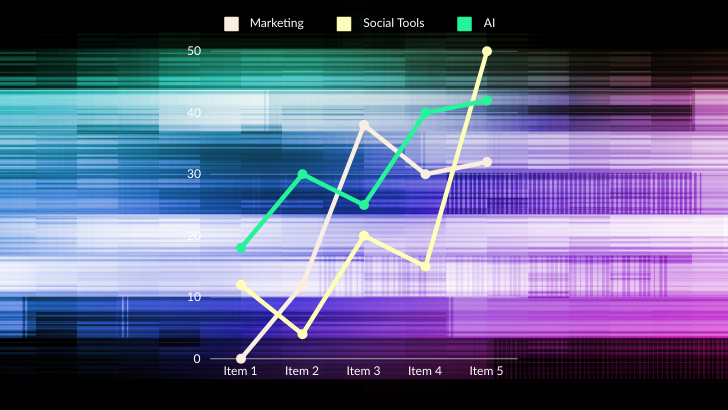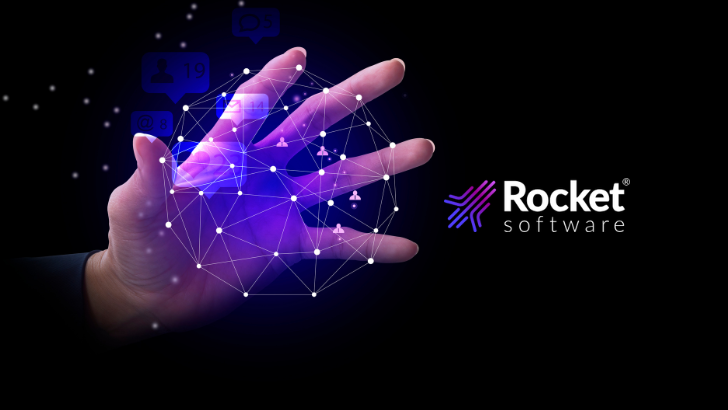The field of medical robots is going through a renaissance. Various medical systems, which include elements of robotics, are being developed to solve a variety of challenges in the medical field. Robots are uniquely suited to solve certain problems that require various levels of autonomy, precision, safety, immersion, and user interaction. Often, robots provide autonomy to a system where it would be inefficient for a medical professional to do the same work. Robots can also amplify the abilities of a medical professional by providing the ability to see what a person cannot, hold a position that a person cannot, or interact/actuate in a way a person cannot.
Robots are being developed for many areas in medicine, utilizing both mobile robots and articulated robots.
Surgical Robots
One area where articulated robotic manipulators is being used is surgery. Many systems are being developed where trained surgeons tele-operate the robot to perform robotic assisted surgery (RAS). These systems allow the surgeon to reduce the invasiveness of the operation and provide more awareness (with included vision systems) and increased dexterity. These systems exist and are being used presently, and many more are in development.

Medical Imagery
Another use for robotics in medical systems is in the field of medical imagery. New imaging technologies are being developed to provide insights to medical professionals. These imaging technologies are often large yet require precise positioning of the imaging equipment relative to the patient. Such systems may not take the form of a traditional robot, and often include sophisticated custom robotic manipulators, which must meet certain performance and safety specifications.
Cancer Therapy
 Another use for robotics in medical systems building on imaging is in the field of cancer therapy. Recent technologies, such as proton therapy, involve using a beam of protons to target cancerous cells/tumors. The technology requires very precise patient positioning to accurately target the cancerous cells and the manipulation of large equipment that emits the protons in a targeted way. These systems often include custom robotic manipulators as well, which must meet certain performance and safety specifications.
Another use for robotics in medical systems building on imaging is in the field of cancer therapy. Recent technologies, such as proton therapy, involve using a beam of protons to target cancerous cells/tumors. The technology requires very precise patient positioning to accurately target the cancerous cells and the manipulation of large equipment that emits the protons in a targeted way. These systems often include custom robotic manipulators as well, which must meet certain performance and safety specifications.
Physical Therapy
Robots are also being used to improve physical therapy. These robotic manipulators can potentially help patients regain range of motion after injury or surgery. They typically require the ability to feel and apply different forces, gently moving the patient’s limbs in careful ways to restore movement and patient training. These types of systems may involve a robot arm or an exoskeleton device. They are designed to reduce the number of medical professionals needed to help an individual patient.
Telemedicine
Presently, telemedicine is limited to basic communication between doctors and patients, but research is being performed on how to apply robots to telemedicine. This often takes the form of software which allows medical professionals to provide service remotely over the internet. This has begun to be adopted in the industry to increase convenience and access. This could involve tele-operated robots being driven by medical professionals to diagnose illnesses and monitor symptoms.
The fields of medicine and robotics are rapidly advancing, and often advances in medicine require advanced robotics technologies to succeed. This is true for surgical systems, imaging systems, cancer treatment systems, and more. These robotics technologies require advanced software that is designed and built around the most stringent reliability and performance requirements.
This post was originally published on the Energid blog.




